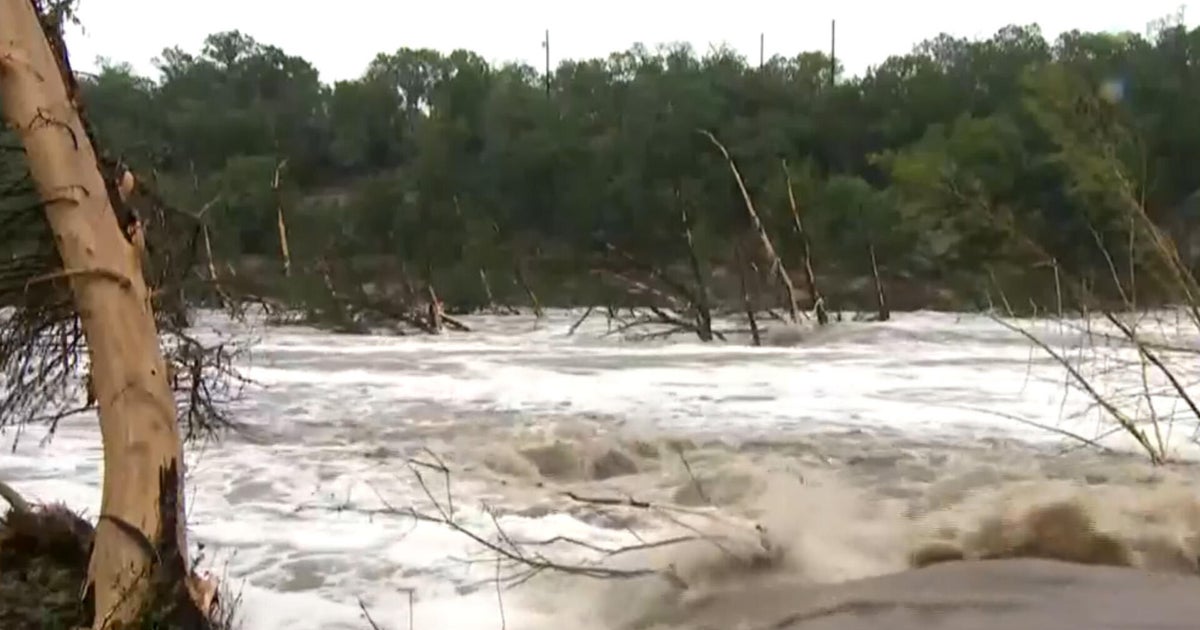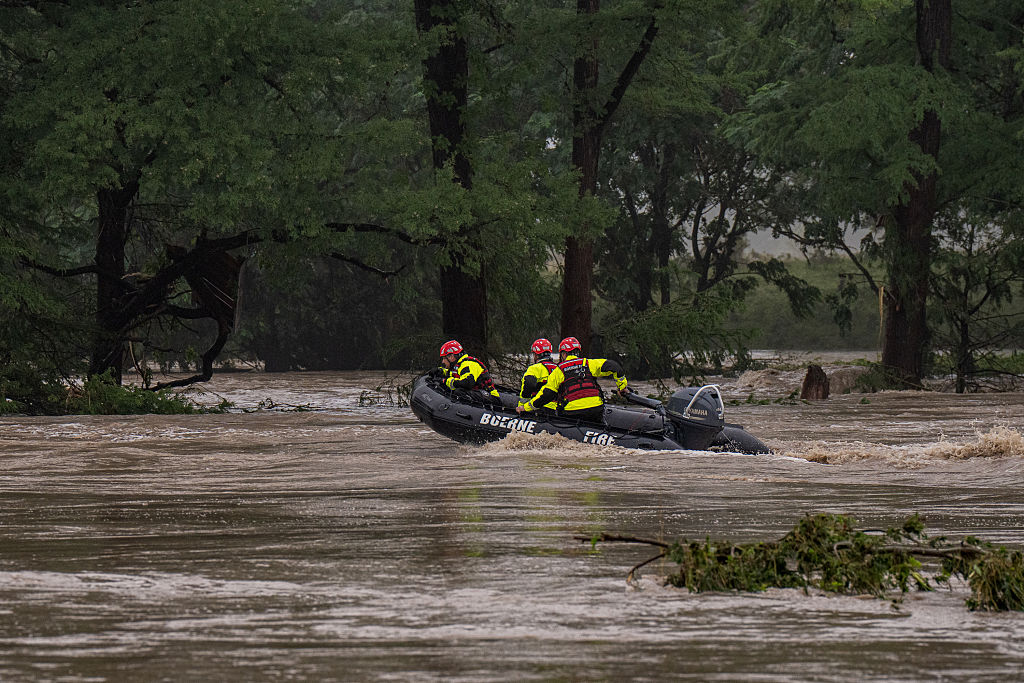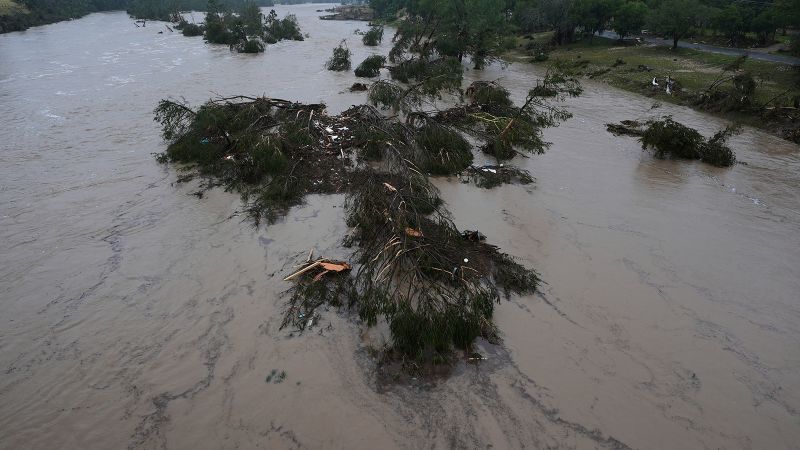Many Went Missing In Texas, In The Camp Mystic Disaster, After Horrific Flooding: See What It Means Now For The Summer Camps and Outdoor Tourism - Travel And Tour World
Saturday, July 5, 2025

Catastrophic flooding of the summer camp of Camp Mystic in Texas has stranded 23 girls and placed outdoor tourism and summer camp enterprises across America on high alert. Hitting in early morning hours of Friday, the flash floods caused by stormy showers not only devastated the historic summer camp but also flagged concerns and susceptibilities in the general US tourist sector, especially for outdoor and nature-based tourist enterprises.
Camp Mystic, a beloved Christian summer camp located along the Guadalupe River in the Texas Hill Country, has been a staple of Texas tourism since its establishment in 1926. Known for its focus on spiritual development and recreational activities, the camp hosts young girls from across the country, offering everything from archery and kayaking to drama workshops. At the time of the disaster, around 700 girls were attending the camp when flash flooding rapidly inundated the grounds, washing away cabins and sending floodwaters surging through the facilities.
With 23 girls still unaccounted for as of Friday night, and the tragic loss of at least 24 confirmed victims, this devastating event underscores how vulnerable outdoor tourism—especially activities like summer camps in flood-prone areas—can be to extreme weather events. This tragic occurrence has cast a shadow over the Texas Hill Country, a popular destination for travelers seeking both adventure and relaxation, and raises questions about the safety of similar tourist destinations across the US.
The flooding disaster in Texas highlights a growing concern in the US travel industry: the increasing frequency of extreme weather events, such as flash floods and intense storms, and their potential to disrupt tourism activities. The Texas Hill Country, known for its scenic beauty and outdoor experiences, draws thousands of visitors each year. However, as extreme weather events become more common, travelers and tourism operators may need to reassess the safety of outdoor-based vacations.
Flash floods, particularly in regions like Texas, can occur with little warning and with overwhelming force, as seen in this case. The tragic flooding at Camp Mystic exemplifies the risks associated with outdoor tourism, where natural events like heavy rainfall can quickly escalate into disasters. Summer camps, outdoor retreats, and other nature-based tourism activities that rely on vulnerable areas along rivers and flood plains are particularly susceptible to such events.
As more areas across the US experience unpredictable weather patterns due to climate change, it is likely that travelers will begin to reconsider the risks associated with nature-focused vacations. While outdoor adventures and rustic summer camps are beloved by many, especially families, the potential dangers of flooding and other extreme weather events may cause a shift in travel preferences. Some tourists may start opting for safer, more controlled indoor experiences or urban getaways, where the risks of such weather-related disruptions are less significant.
This tragedy at Camp Mystic is a stark reminder of the risks that come with attending and operating summer camps in flood-prone areas. The camp’s close proximity to the Guadalupe River made it vulnerable to flash floods, and its historical buildings—many dating back to the camp’s founding—were no match for the force of nature unleashed by the storm. With over 700 girls present at the camp, the situation quickly became a rescue operation that is still ongoing.
For parents and families planning trips to summer camps in flood-prone regions, this event could trigger a reevaluation of the risks involved in such trips. While summer camps across the US have long been popular for their emphasis on outdoor activities and fostering independence in young people, incidents like the one at Camp Mystic could make families more cautious about sending their children to camps in regions with a history of flooding or extreme weather. This could result in a significant shift in demand toward camps in safer locations or those with a strong infrastructure for disaster preparedness.
The tourism industry, especially businesses that operate outdoor adventures and nature-based activities, may see a decline in bookings for such experiences if consumers begin to prioritize safety over adventure. Camp operators, outdoor activity providers, and tourism boards across the country may be forced to increase their focus on disaster preparedness, implement stricter safety regulations, and enhance their communication efforts to ensure potential visitors feel confident about the safety of their experiences.
The tragic flooding at Camp Mystic underscores the importance of robust safety protocols in the travel industry, particularly for outdoor and adventure tourism. For those planning trips to similar camps or outdoor destinations, this event highlights the need to ask critical questions about safety measures in place. How prepared are these destinations for extreme weather events? What is the emergency response plan in case of flooding or storms? What steps are being taken to ensure the safety of children and other vulnerable travelers?
Moving forward, tourism authorities, particularly in flood-prone regions, will likely place greater emphasis on establishing clear guidelines and measures to mitigate the risks of such disasters. This may include improved infrastructure for flood prevention, real-time weather tracking and alerts, better communication systems to inform visitors of potential dangers, and more stringent safety training for staff and camp operators.
Travelers themselves will also need to be more proactive in assessing the safety of their travel destinations, especially those that involve outdoor activities. For instance, visitors to summer camps, adventure tours, or rural retreats should ensure that the operators are well-prepared for emergencies and that clear evacuation procedures are in place. Additionally, travelers may want to consider booking accommodations and tours that offer indoor alternatives to outdoor activities, especially during the storm season.
This tragic flood event may have lasting consequences for tourism in the Texas Hill Country, as well as for outdoor tourism across the US. The Texas Hill Country is known for its beautiful landscapes, rivers, and hiking trails, making it a prime destination for adventure tourism. However, this incident highlights the importance of investing in infrastructure to protect both visitors and local communities from the increasing frequency of extreme weather events.
As the US tourism industry continues to expand, operators and destinations will also be well advised to place an emphasis on sustainability and safety by matching the attractiveness of outdoor adventure to disaster preparedness requirements. For regions like Texas and beyond, emphasis will be placed on transitioning to safer models of tourism which account for the risks of climate change but also for maintaining the terrific natural experience which makes destinations like these so appealing tourist destinations.
«Enjoyed this post? Never miss out on future posts by following us»







